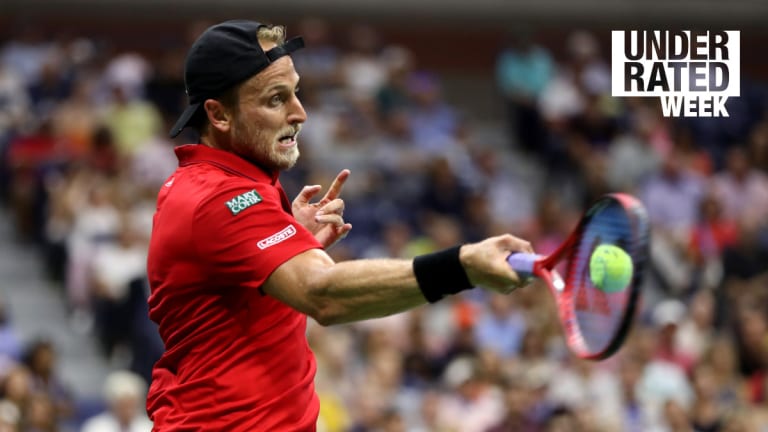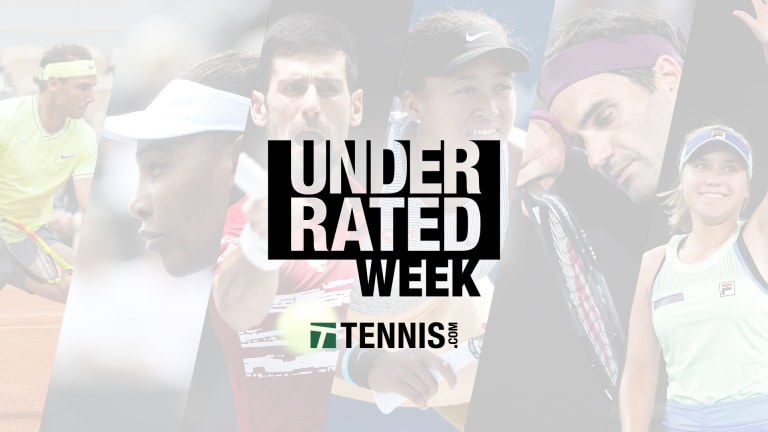Kudla played Djokovic at both Wimbledon and the US Open in 2019. (Getty Images)
It can feel silent in a sold-out arena, or deafening with no one in sight. The 90-second changeover is what you make of it: a crucial portion of any match, but also one of the most overlooked.
From an outside perspective, the changeover is simply a break in the action, but it carries much more significance between the lines. When a player sits down, the break is a chance to recover, reflect and collect their thoughts by focusing solely on the task at hand, whether that be closing out a match or fighting to remain alive.
But the changeover can be a double-edged sword. If clouded with negative thoughts, the time can eat up an opportunity to find clarity in what may seem like chaos. Once the umpire calls “time,” a player’s mental work during the changeover unfolds.—Jordaan Sanford, former player at the University of Maryland and Baylor University
The first things that come to mind about Andy Murray's game are his trademark two-handed backhand and his exceptional defensive play. What is rarely talked about, though, is his occasional use of the moonball, a tactic that is more prevalent in junior tennis.
A skilled moonballer uses this approach by hitting the ball up high, with heavy topspin, during a baseline rally to slow down the action and force an opponent to retreat. It works especially well against aggressive players who love pace, as it throws them off their rhythm, neutralizes their attacking strategy and makes it more difficult for them to come forward.
The key to executing this shot is focusing on depth. This will push opponents further behind the baseline, or force them to hit a tricky on-the-rise shot.—Ashley Ndebele, TENNIS.com and Baseline
When serving at 30-30, we all like to believe we are capable of channeling Pete Sampras by reaching back for an ace. Unfortunately, most of us do not possess a proverbial pistol to fire at our disposal.
While not as flashy or gratifying, the body serve is an undervalued tactic when serving in key moments. For one, it provides players a bigger target to aim for. It also sends a clear message to the other side: do not let your feet get too comfortable. Serving out wide is a popular play, but in some instances, it gives the right returner the angle he or she is looking for—Novak Djokovic, anyone? By serving to the body, especially at the rec level, your opponent’s wherewithal to remain balanced under pressure will be tested. And though you may not earn as many points off of unreturned serves, this approach will often lead to an ineffective reply, putting you in control to dictate.—Matt Fitzgerald, TENNIS.com and Tennis Magazine
UNDERRATED TRAITS OF THE GREATS: Roger Federer—Winning ugly | Simona Halep—Boldness | Rafael Nadal—When to come to net | Sofia Kenin—Variety | Pete Sampras—Movement | Serena Williams—Plan B | Novak Djokovic—Forehand versatility | Chris Evert—Athleticism | Daniil Medvedev—Reading the room | Naomi Osaka—Return of serve
RANKINGS: The five most underrated tennis stats | The five most underrated No. 1s | The five most underrated Grand Slam runs
YOUR GAME: Why mental strength is underrated | Five underrated tennis tactics

